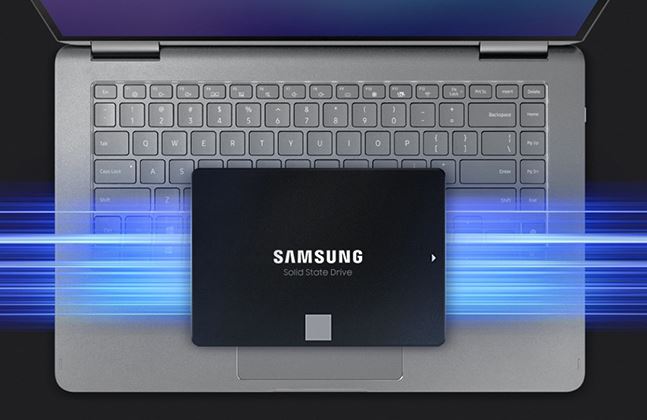Contact Me: howtopbestinfo@gmail.com
Contact Me: howtopbestinfo@gmail.com

Computer internal solid state drives (SSD) are a form of data storage device that uses flash memory. They offer faster access to stored information than traditional hard disk drives, as they have no moving parts and store the data electronically instead of magnetically.
This makes them more reliable in terms of speed and durability, with less chance for mechanical failure compared to regular HDDs. SSDs also use significantly less energy when reading or writing files which can help extend battery life on laptops or other portable devices where power is limited by design constraints.
Furthermore, due to their lack movable components there’s much lower risk for physical damage from being dropped or bumped around during transport; this means you don’t necessarily need an external case if carrying your drive with you frequently – making it great choice for people who travel often with their documents/data such as business professionals etc..
In addition since most computers already come equipped HDD bays these days many users will find upgrading affordable too - usually swapping out only a few screws needed!
Finally because write speeds tend be greater so transferring large amounts content quickly possible thus meaning shorter waiting times doing tasks like importing media into digital editing software programs example Adobe Premiere Pro CC 2018 et cetera..
Using a computer internal solid state drive is an excellent way to increase the performance of your system. Here are some tips on how to use this type of storage device in order for you get the most out of it:
The concept of the internal solid-state drive (SSD) first emerged in the mid 1970s, when IBM developed a prototype for an early version. At that time, SSD technology was far from mainstream – due to its high cost and limited capacity compared to traditional hard disk drives.
Over ensuing decades, however, improvements were made leading up to today's advanced models which are becoming increasingly commonplace as people discover their superior performance capabilities over standard HDDs.
One of the primary advantages offered by SSDS is speed: they can access data at much faster rates than HDD’s without any noise or vibration because there are no physical moving parts involved with reading and writing files on them like you find with spinning disks inside typical hard drives.
This makes them well suited for applications where quick reads/writes or low latency times matter including gaming systems running resource intensive games such as VR titles.
The audio production tools requiring frequent transfers between different storage devices; server farms used in cloud computing solutions; enterprise level supercomputers handling complex calculations across large datasets etc..
Thanks to continued miniaturisation efforts allowing higher capacities while keeping costs down this has fast become one popular choice among laptop users looking upgradeability options since many laptops have been designed.
To sum up, internal solid state drives are an excellent choice for anyone looking to upgrade their current computer. They offer faster read and write speeds than traditional hard disk drives so you can access your files quickly. Additionally, SSDs use less power consumption which will help extend the life of your laptop or desktop battery as well as conserve energy overall. Furthermore, they have no moving parts making them more reliable and resistant to shock damage from being dropped or bumped around while travelling with a laptop in tow. Finally, Solid State Drives provide increased storage capacity allowing users store large amounts data without compromising on speed.


Etiam porta sem malesuada magna mollis euismod. Cras mattis consectetur purus sit amet fermentum. Aenean lacinia bibendum nulla sed consectetur.
2045-03-09 00:00:00.000000
2045-04-00 00:00:00.000000
2045-04-07 00:00:00.000000
2045-05-01 00:00:00.000000